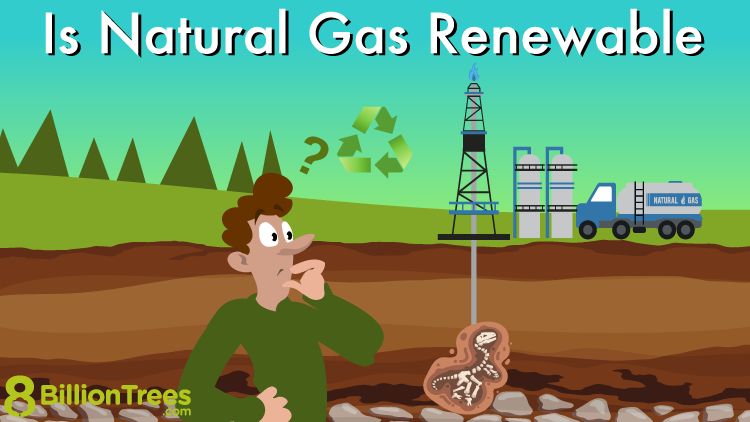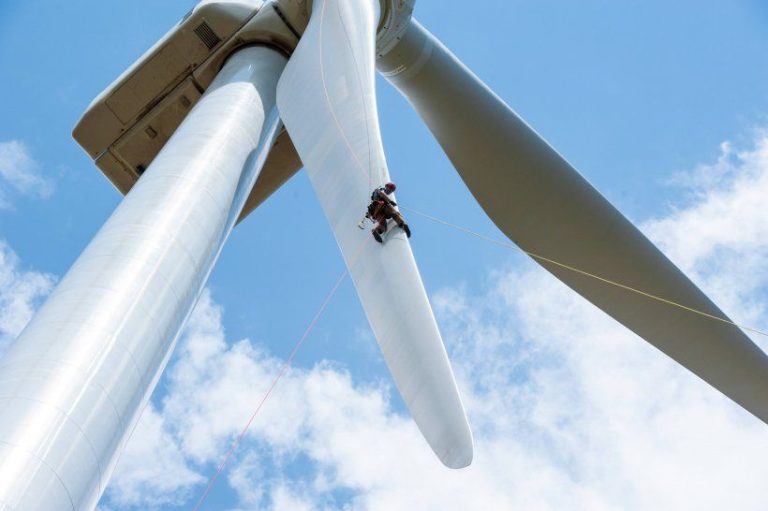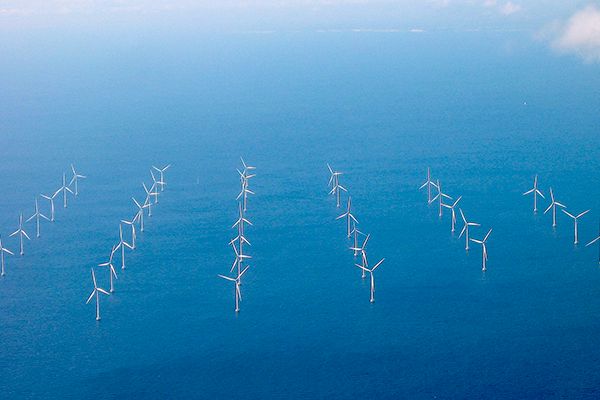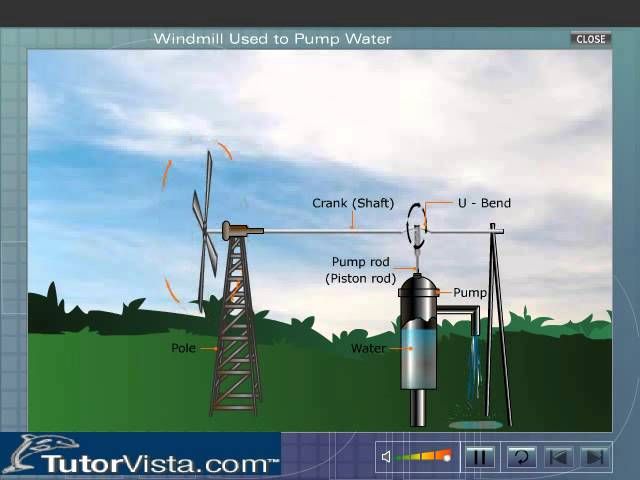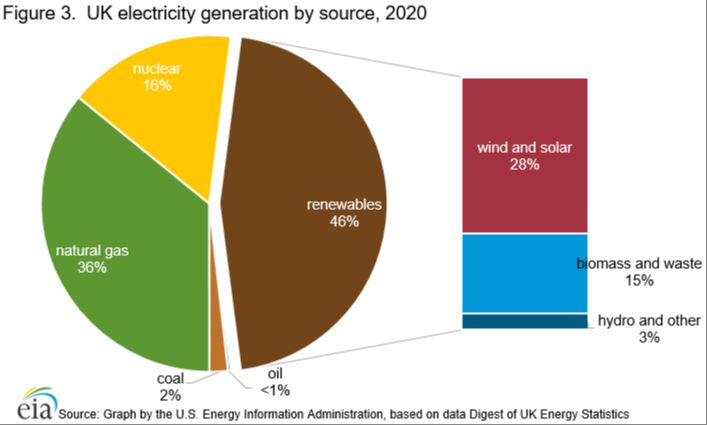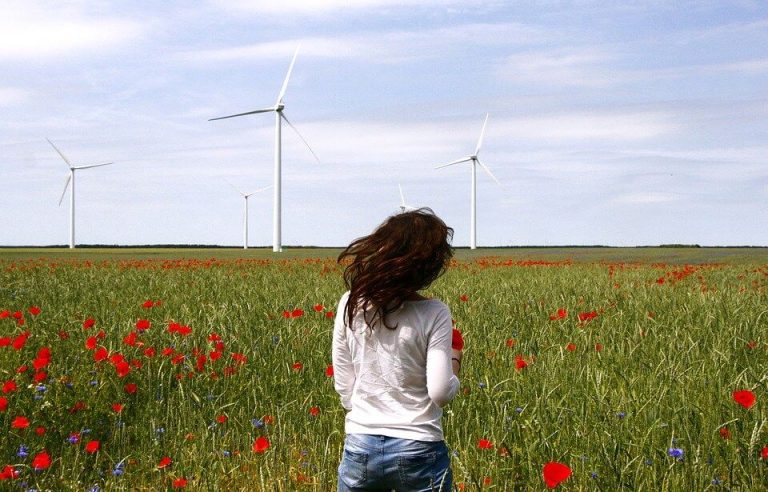Do Wind Turbines Have An Off Switch?
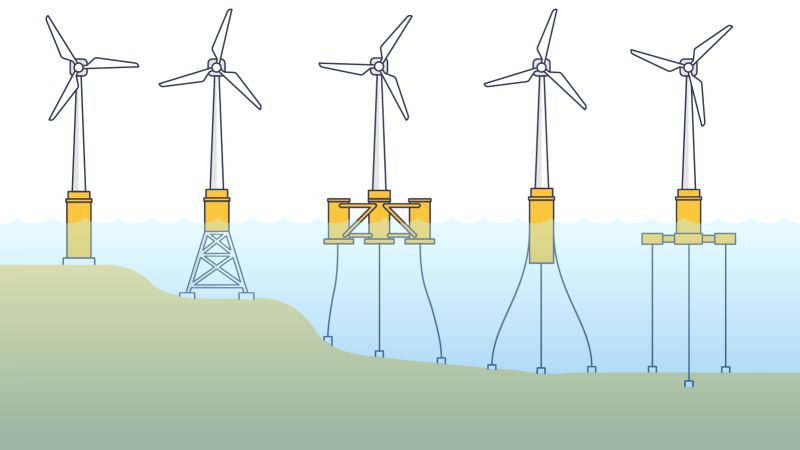
Wind turbines are renewable energy devices that convert the kinetic energy in wind into mechanical power to generate electricity. The blades of a wind turbine capture the wind to spin a shaft connected to an electric generator, which converts the mechanical energy into electricity.
Wind turbines typically consist of a tower, rotor with blades, generator, gearbox, controller, and a braking system. Most modern wind turbines are horizontal axis wind turbines, with two or three long blades facing into the wind. As wind blows over the blades, the lift force makes the blades rotate around a horizontal shaft. This rotating shaft spins magnets inside the generator, which produces an electric current.
Wind turbines begin operating at wind speeds of around 7-10 mph and reach maximum power output at around 33 mph. Wind turbines provide clean, renewable electricity and are an essential part of the global shift towards more sustainable energy.
Why Wind Turbines Exist
Wind turbines exist primarily to generate renewable energy from wind power. As a clean and sustainable energy source, wind power helps combat climate change by displacing fossil fuel electricity generation. According to the Environmental Benefits of Wind Turbines by Energy5, wind turbines produce electricity without emitting harmful greenhouse gases or other pollutants, which helps improve air quality.
Wind power provides a number of environmental benefits compared to conventional power plants. According to research from CarbonBrief, the operation of wind turbines can raise incomes and property values in rural areas by providing lease payments to landowners. Wind turbines offer a sustainable energy solution that also provides economic opportunities for local communities.
Overall, wind turbines harness the natural power of the wind to generate electricity in a way that is clean, renewable, and environmentally-friendly. As UtilitiesOne explores, wind energy helps build a more sustainable future by reducing dependence on finite fossil fuels and minimizing the impacts of energy production on the environment.
On/Off Control
Wind turbines do not have a simple on/off switch that can shut down the entire system. However, modern wind turbines are designed with various control systems that allow them to start up, shut down, and protect themselves in high winds.
There is no single switch that can instantly stop all the moving parts of a wind turbine. The blades continue spinning even after the generator is shut down due to their aerodynamic design and rotational inertia. However, there are multiple methods to control and safely stop wind turbine operation:
- The turbine controller can pitch the blades to stop capturing wind energy and slow down rotation.
- Braking systems can mechanically or electrically stop the generator.
- The generator can be disconnected from the drivetrain using a clutch.
- In emergencies, a failsafe circuit shorts the generator to stop electricity generation.
So in summary, wind turbines do not have a simple shutoff switch, but use automatic control systems and redundant braking mechanisms to start up, shut down, and protect the turbine safely in high winds (https://www.energy.gov/eere/wind/how-wind-turbine-works-text-version).
Pitch Control
Pitch control is an important system in regulating the rotational speed of wind turbine blades. The angle of the blades, known as the pitch angle, can be adjusted to control the power captured from the wind. In high winds, the blades are pitched slightly out of the wind to reduce lift and slow rotation. This prevents damage from excessive speeds. According to Windurance, “The blade pitch actuator is a subsystem of a wind turbine’s pitch control system. For a pitch-regulated turbine, you need a pitch control system to optimize efficiency across all wind speeds.”[1] The pitch control system continually monitors wind conditions via sensors and adjusts the blade pitch angle as needed.
The pitch actuator, typically hydraulic or electric, rotates each blade along its longitudinal axis to change the pitch angle. A controller compares the actual rotational speed to the desired speed and commands the pitch actuators to feather or stall the blades appropriately. Feathering pitches blades parallel to the wind, while stalling angles them perpendicular. Fine adjustments help optimize power output while avoiding overspeeding the turbine.
According to Windurance, “The pitch control system creates pitch angle adjustments to control rotor speed, optimize power output, reduce blade stress, and shut down the turbine.”[2] Pitch regulated turbines can thus continue generating some power even in high wind speeds where fixed pitch turbines would need to fully brake.
[1] https://blog.windurance.com/how-does-a-pitch-actuator-system-keep-your-wind-turbine-safe
[2] https://blog.windurance.com/the-vital-roles-of-a-pitch-control-system
Yaw Control
Wind turbines have a yaw control mechanism that allows the turbine to turn and face into the wind. The yaw system is what keeps the rotor blades oriented correctly to maximize energy production.
The yaw mechanism is typically built into the tower just below the nacelle, which houses the gearbox, generator, etc. It consists of motors and drives that can slowly turn the nacelle left or right. There are also yaw brakes that hold the turbine in position once properly aligned.
The yaw system is controlled automatically by a wind direction sensor and computer controller. The sensors measure wind direction continuously, and when the wind changes, the yaw system slowly turns the rotor to stay facing into the wind. This maximizes how much wind energy the turbine can capture.
Yaw control allows wind turbines to track changes in wind direction for optimal performance. Without yaw control, the slightest shift in wind could make the turbine ineffective if no longer properly faced into the oncoming wind.
Braking Systems
Wind turbines have braking systems to control the speed of the rotor and blades. There are typically three braking systems in a wind turbine: aerodynamic brakes, mechanical brakes, and electromechanical brakes (Kor-Pak, 2022).
Mechanical brakes are used for emergency stops and parking brakes. They are usually disc brakes mounted on the high-speed shaft between the gearbox and the generator. These brakes use hydraulic pistons or springs to press pads against a brake disc connected to the drivetrain. Mechanical brakes provide a reliable fail-safe stopping method in case of overspeed or loss of electrical power (Direct Industry).
During normal operation, mechanical brakes are not engaged. But if the turbine exceeds its maximum speed limit, the mechanical brakes are automatically applied to slow down and stop the rotor. Having robust mechanical brakes is critical to protect the turbine components from damage in overspeed events.
Generator Disconnect
Wind turbines are designed to connect to the electrical grid to supply power. However, there are times when the generator needs to be disconnected from the grid, either for scheduled maintenance or during dangerous weather conditions.
Most wind turbines have automatic disconnection systems that detect voltage and frequency fluctuations on the grid and will disconnect the generator if thresholds are exceeded (Source 1). This protects the turbine components from damage. Turbines also have manual disconnect switches that allow operators to isolate the generators.
When disconnecting from the grid, the generator switches change from “grid connect” to “standalone” mode. The rotor keeps spinning but is no longer transferring power outside the system. The turbine may use dynamic braking to slow the rotor down. Some of the generated power can also be routed to an internal resistor bank to be dissipated as heat (Source 2).
Overall, the generator can be safely disconnected via automatic protection systems or manual switches. This allows the turbine to spin down while isolated from the utility grid during maintenance or severe weather events.
Storm Protection
Wind turbines are equipped with storm protection or shutdown modes to protect the turbine in high winds. Most turbines have anemometers and wind vanes that monitor wind speed and direction. The turbine control system tracks wind conditions and will initiate an automated shutdown sequence if winds exceed the turbine’s design limits, usually around 25 m/s or 90 km/h.
The shutdown procedure typically involves pitching the rotor blades parallel to the wind to reduce lift forces, applying the rotor brake, and disconnecting the generator from the grid. This slows the rotor down and prevents overspeeding. The nacelle is also turned out of the wind (yaw control) to minimize forces. Shutdown modes aim to limit structural damage and component wear during extreme winds.
Some turbine designs also have physical storm protection features. For example, the SYGtech collapsible turbine can flatten its rotor against the tower in high winds. This reduces the sail area and wind loading. The turbine is also omnidirectional, so it does not need to yaw.
Maintenance
Regular maintenance is crucial for keeping wind turbines functioning properly and maximizing their lifespan. There are both scheduled and unscheduled maintenance procedures that wind turbine technicians perform.
Scheduled maintenance generally occurs one to two times per year. Typical scheduled maintenance procedures include:
- Inspecting the nacelle and tower for any leaks, corrosion, or physical damage
- Checking and replacing any worn parts like brake pads, seals, bolts, filters, etc.
- Testing pitch control and yaw systems
- Lubricating parts with grease or oil
- Monitoring the generator and electrical components
- Cleaning blades and performing minor blade repairs
Technicians follow checklists to methodically inspect each system and component. They use tools like borescopes to examine internal areas. Proper scheduled maintenance maximizes turbine availability, prevents failures, and optimizes energy production.Challenges of Wind Turbine Maintenance and Solutions
Conclusion
In summary, wind turbines do have various control systems that essentially serve as on/off switches. The most basic control is pitch control, which involves adjusting the angle of the turbine blades to regulate rotor speed and power output. Yaw control orients the nacelle and rotor into the wind to maximize energy capture. Braking systems can bring the rotor to a stop in high winds to protect components. The generator can also be disconnected from the grid during storms or maintenance. Additionally, wind farms have SCADA systems to remotely monitor conditions and control turbines. While they don’t have a simple power button, wind turbines employ a range of mechanisms to start, stop, and modulate operations.

